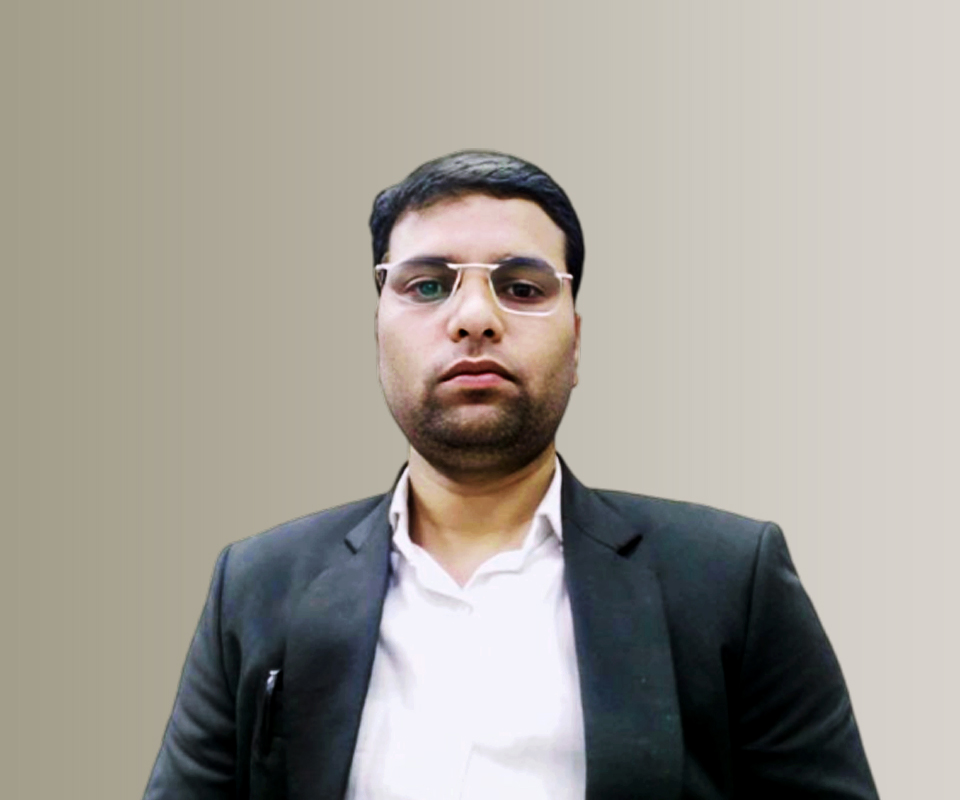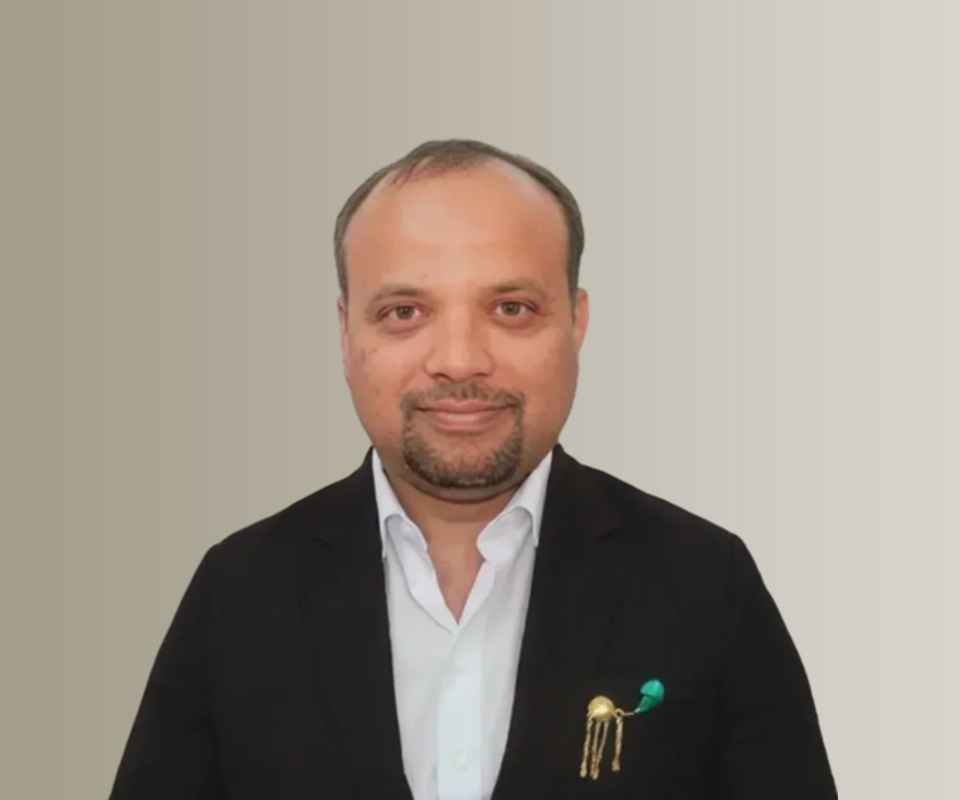Answer By law4u team
In India, copyright protection is provided under the Copyright Act, 1957. Copyright covers a wide range of creative works that are original and fixed in a tangible medium. The purpose of copyright is to give creators exclusive rights over their works, preventing unauthorized use and ensuring they can profit from their creations.
Types of Works That Can Be Copyrighted in India:
Literary Works:
This includes books, articles, essays, and other written content, whether published or unpublished. Literary works also cover computer programs, databases, and other written forms of expression.
Example: Novels, poetry, academic papers, manuals, and software codes.
Dramatic Works:
This includes plays, scripts, dance performances, and other works of dramatic nature, whether intended for live performance or not. It also includes the accompanying music or lyrics, if any.
Example: A play script, dance choreography, or musical theater production.
Musical Works:
Musical works, including compositions with or without lyrics, can be copyrighted. The music itself, the arrangement, and the notation fall under this category.
Example: A music composition, instrumental tracks, or a song’s melody.
Artistic Works:
Artistic works cover a broad range of visual arts, including paintings, sculptures, drawings, engravings, architectural designs, and photographs.
Example: Paintings, drawings, graphic designs, and photographs.
Cinematographic Films:
This category includes films, documentaries, and videos. Cinematographic works include the recording of moving images, along with the accompanying music and sound recordings.
Example: A movie, short film, music video, or documentary film.
Sound Recordings:
Sound recordings include recorded sounds or representations of sounds, such as music albums, speeches, sound effects, and any other type of audio recording.
Example: A recorded album, podcast, audiobook, or sound effect used in film production.
Computer Programs (Software):
Computer programs, including both source code and object code, are eligible for copyright protection. This includes any software, apps, or systems developed by a programmer or a company.
Example: A mobile app, desktop software, or a web-based platform.
Architectural Works:
Architectural works, including buildings and structures, can be copyrighted in India. The design of buildings, including floor plans, elevations, and drawings, are protected.
Example: A building’s architectural design or a unique structure design.
Choreographic Works:
This includes original dance or movement compositions, fixed in a medium like video or written notation.
Example: A dance performance choreography that is documented.
Derivative Works:
A derivative work is a new creation based on an existing work, such as adaptations or translations. For example, a book being adapted into a movie or a play being translated into another language.
Example: A movie based on a novel, a translated book, or an adaptation of a play into a TV show.
Collections of Works (Compilations):
A collection of works, such as an anthology, can be copyrighted if it involves original selection, arrangement, or coordination of content. The copyright would not cover the individual works, but the compilation itself.
Example: A collection of short stories, an encyclopedia, or a music compilation album.
Exclusions from Copyright:
- Ideas, Procedures, Systems, or Methods: Copyright does not protect ideas, concepts, or methods of operation, although it protects the expression of those ideas in a tangible medium.
- Names, Titles, or Short Phrases: Names, titles, and short phrases (like brand names or slogans) are not protected by copyright. However, they might be protected under trademark law.
- Works in the Public Domain: Works whose copyright has expired or never had copyright protection are not protected.
Example:
A business in India develops a new mobile app that helps people track their fitness goals. The app’s design, the code behind it, and the user interface would be eligible for copyright protection as a computer program and artistic work. Additionally, any music or sound effects created specifically for the app would be copyrighted as sound recordings. If the business creates promotional images, those would fall under artistic works as well.
Conclusion:
In India, copyright law provides protection for a variety of creative works, including literary, artistic, musical, and cinematographic works, among others. By registering and protecting their original creations, businesses can prevent unauthorized use and ensure their intellectual property is safeguarded.







